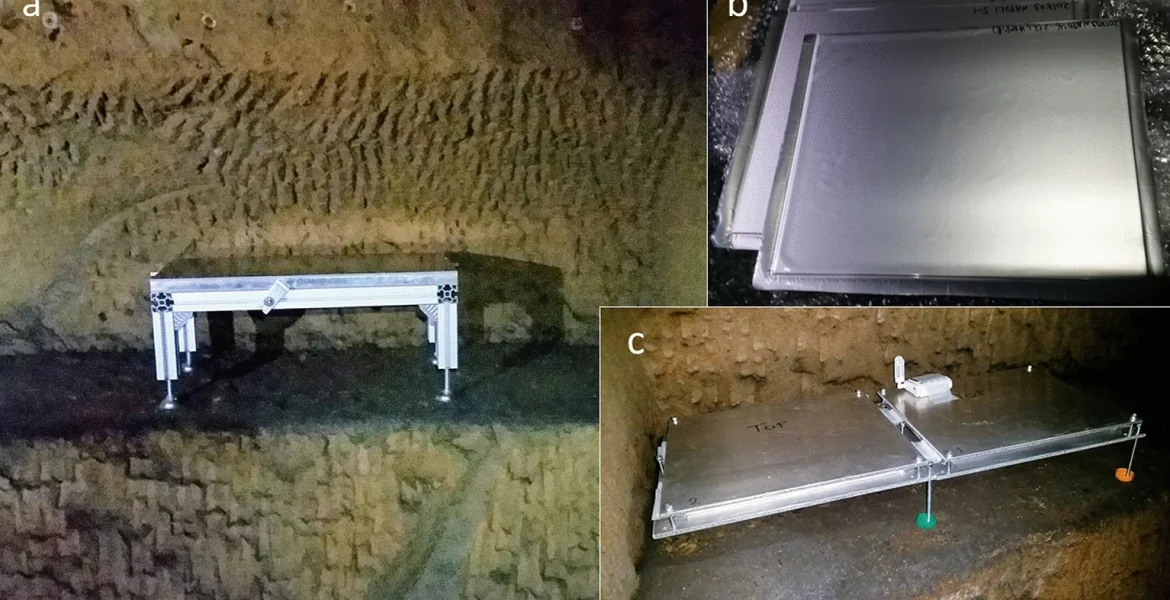Archaeologists used muography to identify this previously unknown subterranean burial.
A new study has discovered potential Greek settlement remains beneath Naples, Italy. This 2,500-year-old settlement was discovered with the help of cosmic rays and lasers.
The remains belonged to the Greeks and the Christians who lived in this area during the Roman era about two millennia ago.
Temples, a forum, and numerous underground tombs once crowded this area. The area now known as Naples was initially known as Cumae, but it was renamed Neapolis around 650 B.C.
According to the study, researchers have long suspected that ancient Greek burials were hidden beneath this city's streets, but they could not find all of them.
In muon tomography or muography, scientists use cosmic rays to map previously-inaccessible areas. Muon particles are negatively-charged particles produced by cosmic rays that collide with atoms in the Earth's upper atmosphere. Around 10,000 muons reach Earth's surface per square meter per minute. Muography uses these scattered rays to construct three-dimensional models from the information revealed as the particles pass through varying densities of obstructive objects, like walls or floors.
Read More -Ancient Greek tomb unearthed near Naples


